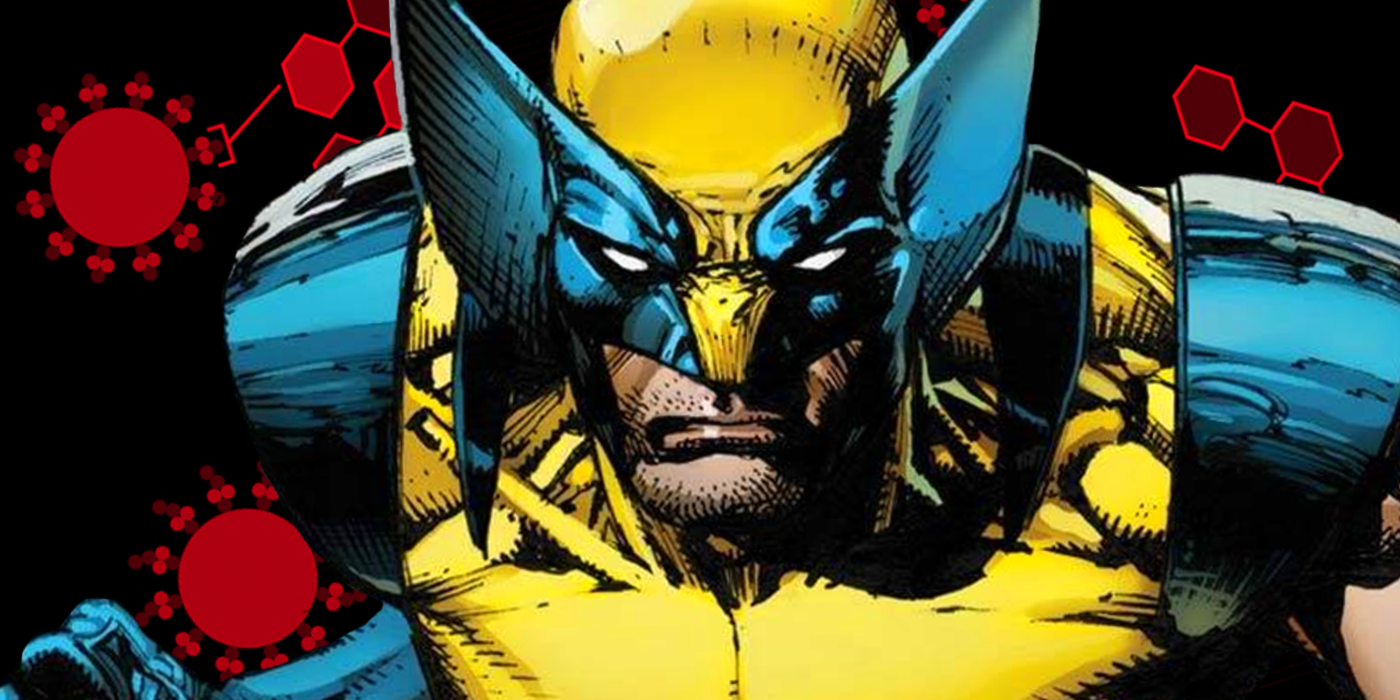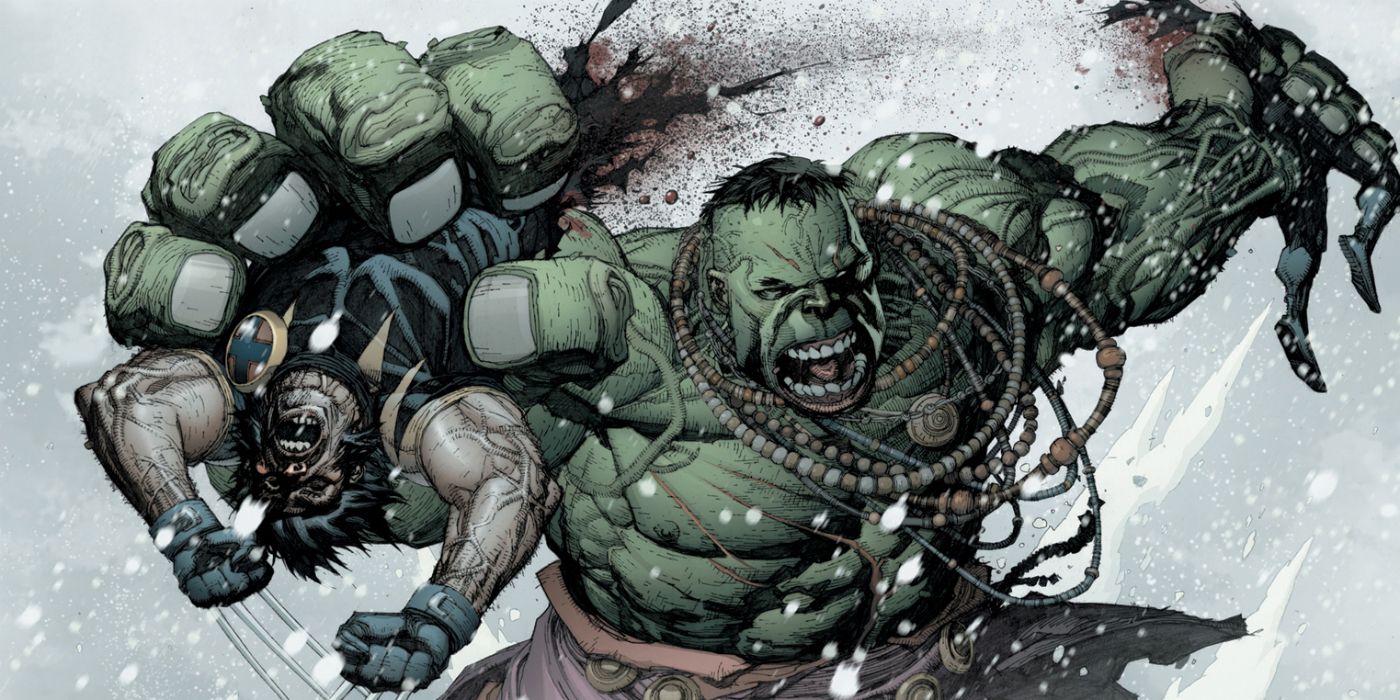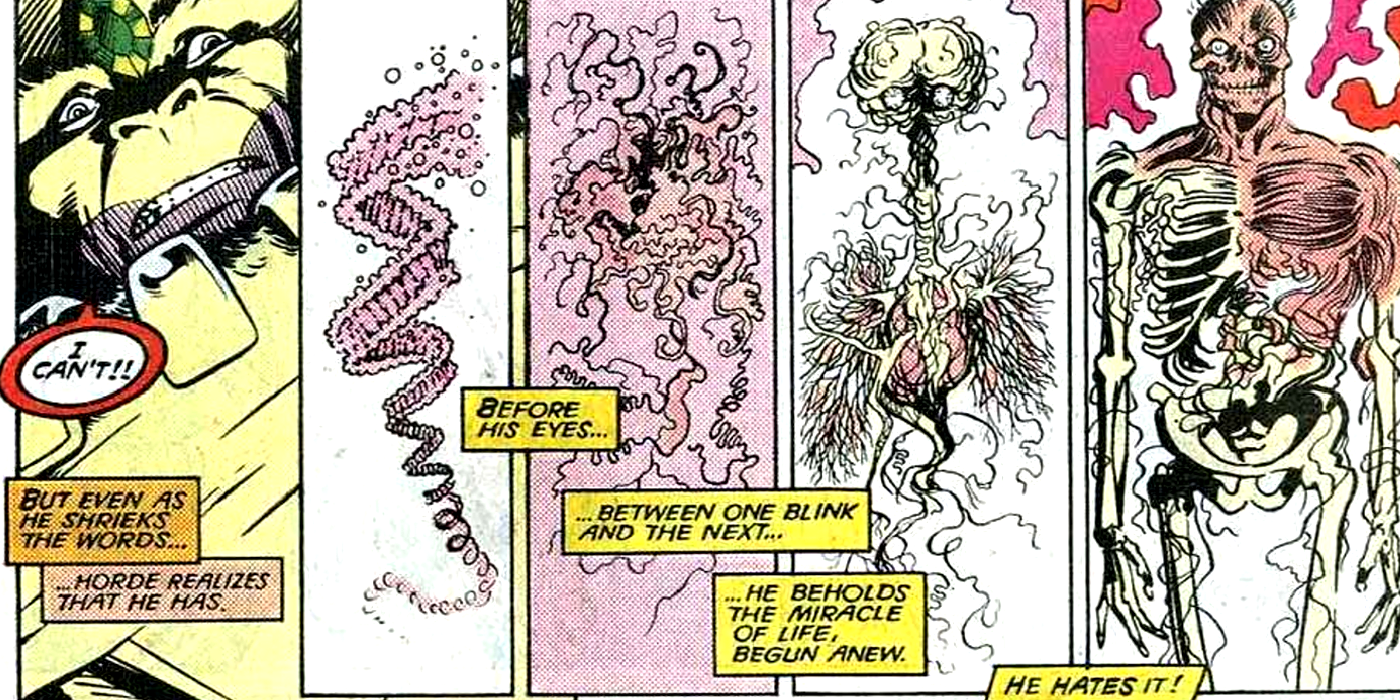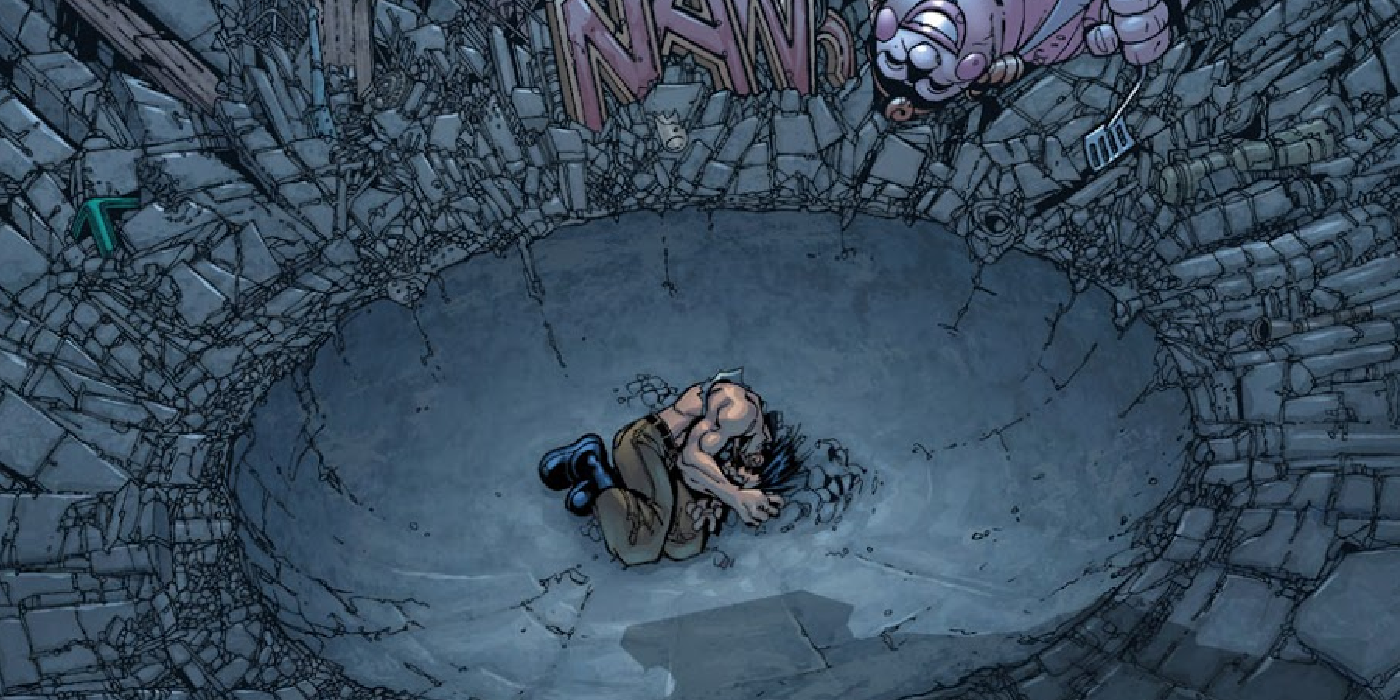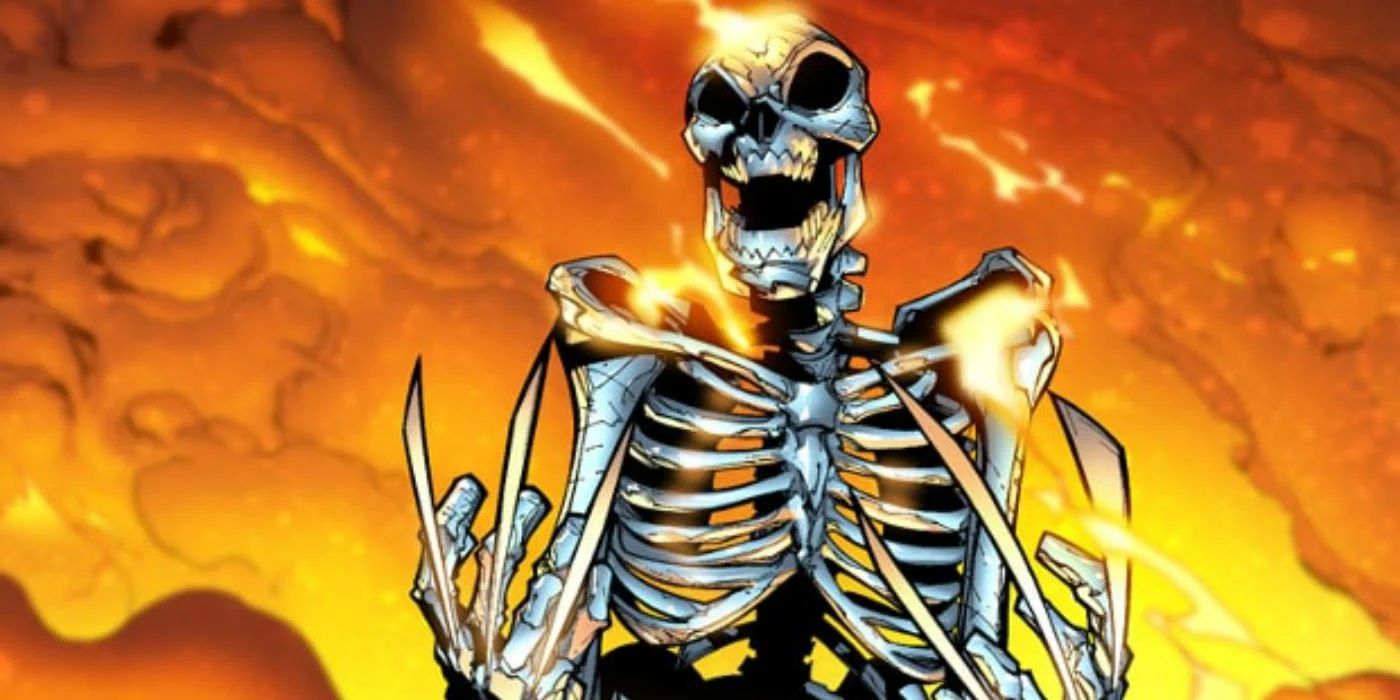Few Marvel heroes are as popular and iconic as Wolverine, the X-Man with adamantium claws and a healing factor that can protect him from even the worst kind of injuries. Over the years, Wolverine's healing factor has done amazing things, but the complexity of comics canon has left fans believing that Wolverine is essentially immortal and nothing can kill him.
Marvel's main continuity is packed with unique events, and Earth-616 is just one of countless realities, many of which fans get to see in various comic stories. As a result, some of Wolverine's most iconic healing factor triumphs aren't actually from official continuity, whereas others have been presented out of context so often, they've taken on new meaning. As a result, many Wolverine fans believe Logan's abilities work in ways they simply don't.
Here are the moments that are leading Marvel fans astray, and the ways in which they've made Wolverine's healing factor look like it's capable of feats that modern readers shouldn't expect to see replicated in upcoming stories.
Being Torn in Half by the Hulk
Earth-1610, aka the Ultimate Universe, was a new continuity created by Marvel in 2000. The intention was to begin a new Marvel Universe starting in the modern day, free of decades of continuity, and to allow creators to take chances and pursue ideas that would be too disruptive for the mainstream Marvel Universe. Magneto devastated the Earth, Captain America became president, and Mister Fantastic ended up as a diabolical villain known as the Maker.
In the Ultimate Universe, mutants have totally different origins compared to Marvel's core reality. They are not a millennia-old offshoot of the human race, but the artificial result of experimentation derived from the DNA of "Mutant Zero," aka Wolverine. On Earth-1610, Wolverine's unbreakable bones and regenerative healing factor were treated far more loosely than in mainstream canon, and nowhere was that more the case than in Ultimate Wolverine vs. Hulk.
When the first issue of this miniseries came out in 2006, fans couldn't wait to get their hands on it. Written by Lost co-creator Damon Lindelof, with art by superstar artist Lenil Francis Yu, it promised to bring back the deranged, cannibal version of Hulk that had been absent from the Ultimate Universe since the end of Ultimates vol. 1. An homage to Wolverine and Hulk's first encounter, the series opens in cinematic fashion; with Wolverine, or rather the upper half of his body, crawling through the snow to find his legs, thrown four miles away by Hulk, after ripping Logan in two.
It's an unforgettable opening sequence, but one which doesn't make much sense. Adamantium is supposed to be indestructible (so Hulk shouldn't be able to break his spine), and Wolverine should have been able to regenerate his legs without the need to reattach them. The series even shows Wolverine's severed head able to hold a conversation with Nick Fury. These moments are exactly the kind of big, out-of-mainstream-canon swing the Ultimate Universe was designed to take, but they were also such perfect fan service, they ended up being shared widely with no context, erasing the line between the regular, mainstream Wolverine & Hulk and their meaner, arguably more powerful Ultimate counterparts.
Regenerating from a Drop of Blood
One display of Wolverine's seemingly limitless healing powers that often gets referenced is the moment when he regenerated from a single drop of blood in X-Men Annual #11 (by Chris Claremont and Alan Davis). This story is canon, so Logan really pulled off that feat, but the circumstances were unique. The alien warlord Horde came to Earth to force the X-Men to help him retrieve an artifact of immense power: the Crystal of Ultimate Vision. Horde possessed a shard of the Crystal, which made him unbeatable. At the end of the story, Horde slaughters Wolverine, removing his heart as a trophy, but a single drop of Logan's blood touches the Crystal, regenerating his entire body.
While Wolverine's healing factor played a part in this, he was only able to regenerate his body because of the power of the Crystal. Anyone touching it becomes a god, and that's what actually allowed Logan to rebuild his body. If anything, this story gave a much more accurate depiction of Logan's healing factor in the beginning, when he is shown constantly drinking to momentarily feel drunk - something his healing factor makes incredibly difficult, as it's constantly flushing toxins from his bloodstream. Regenerating from a drop of blood was only possible due to the presence of a cosmic artifact, and Wolverine has since lost entire limbs that haven't subsequently grown into a whole new Logan.
Surviving a Nuke to the Head
At the top of the traumatic experiences that Wolverine has subjected his body to must be the time when a nuclear bomb was dropped on his head. This happened in Daniel Way and Paco Medina's Venom #8, as Logan got involved with a clone of the Venom symbiote and a group of alien robot spiders. Despite the bomb being confirmed as a nuke, Wolverine is up and fighting within minutes, looking lightly singed at worst. This was as canon as any other comic set on Earth-616, but when it comes to setting precedents, not every story is created equal. The tone of the story is bombastic, with the "nuke" dropped on Wolverine not even damaging his pants.
Far more convincing as a precedent is Logan #2 (by Brian K. Vaughan and Eduardo Risso.) In this issue, Wolverine is caught in the bombing of Hiroshima, and is grievously wounded after the bomb lands an indeterminate distance away. This story established that while Wolverine may be capable of surviving a nuclear blast, it's far from a sure thing, and a nuke to the head would result in a lot more than the minor injuries Venom #8 suggests.
Being Burned down to his Skeleton by Nitro
In one of the most extreme injuries Wolverine has ever suffered, the entirety of his skin and muscle was burned off by Nitro during Logan's 2003 Civil War tie-in, courtesty of Marc Guggenheim and Humberto Ramos' Wolverine #43. Occurring in Wolverine's popular mainstream title, this moment is still a topic of debate for fans, with many arguing the art goes way too far in depicting Wolverine without any skin or muscle from which to regenerate.
No-one can deny this happened, but it's definitely an anomaly in how his powers are depicted, especially in today's stories. Wolverine has since been killed by extreme heat (Jonathan Hickman and Pepe Larraz's House of X #4 threw Logan into the sun), and villains like the Sentinel Nimrod have been shown to be able to kill Wolverine by reducing him to a skeleton. In many ways, Logan's face-off with Nitro is the peak of the time when his powers had been exaggerated out of control, with stories that followed taking a more moderate approach to what Logan can actually survive.
Wolverine's healing factor doesn't have a fixed limit, working - like any power - in the way a given creative team needs it to. However, it does have rough parameters, and through non-canon moments, truly unique situations, and a few overly ambitious stories, Marvel has blurred the lines and confused fan understanding. Any Wolverine fan expecting his healing factor to work in the ways depicted above will be disappointed by 99% of the Wolverine stories on the market. Unfortunately, the instances described are usually presented online without context, contributing to the perception that Wolverine is literally unkillable, despite a far larger and more definitive history showing otherwise.

